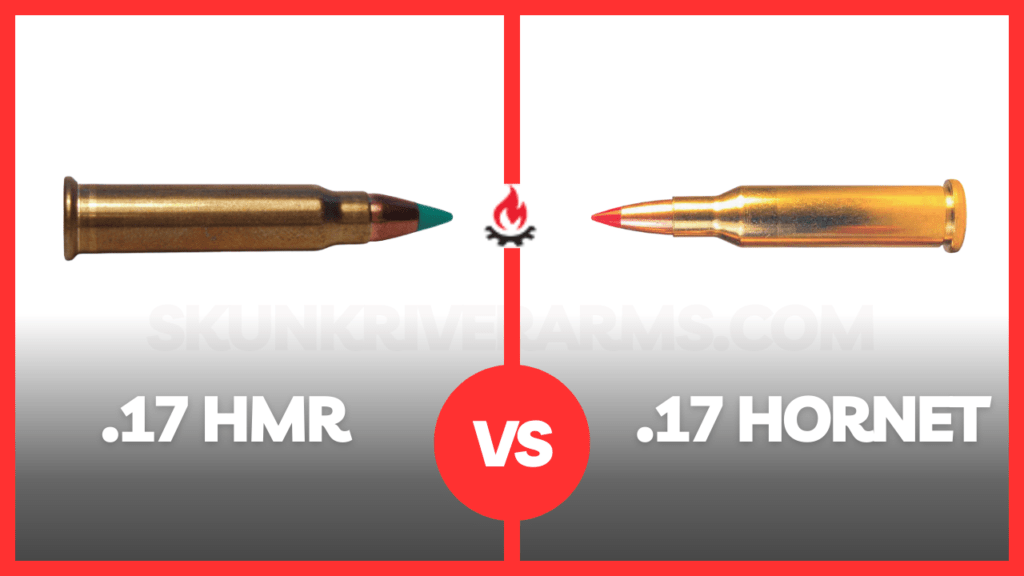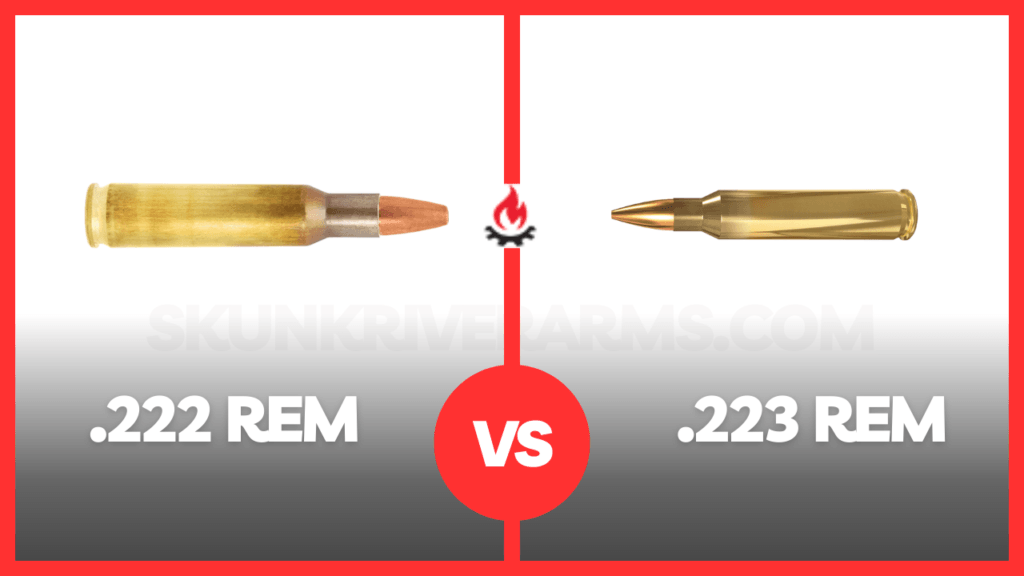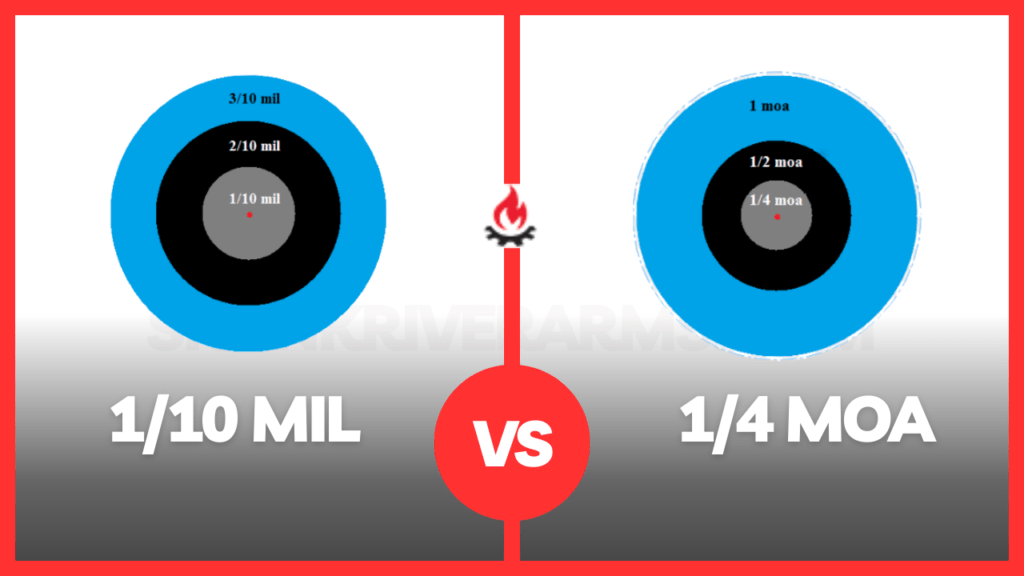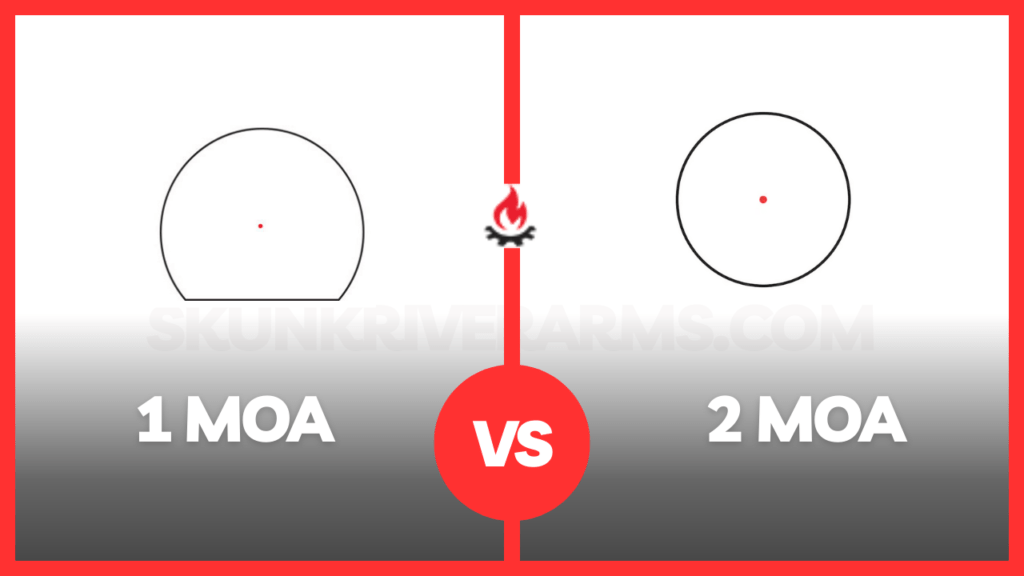When in 1886 France adopted the 8mm Lebel, the world’s first smokeless cartridge, they didn’t know it would change the cartridge world forever.
While a lot of companies adopted the mechanism later in their cartridges and introduced different-sized bullets, one of them reigned supreme and is still a relevant shooter to this day. You guessed it right, I’m talking about the .30 W.C.F. Standing for Winchester Center fire.
So, what’s the difference between a .30 W.C.F Vs 30-30 then? Aren’t they the same thing? Well, you will find that out in a bit, that’s for sure.
History of the Smokeless Legend 30-30
The 30-30 that we know of, was not known as 30-30 always. It was known as Winchester Smokeless, and after that, it became known as the Winchester Center Fire aka W.C.F. And even to this day, people confuse them for two different cartridges instead of one.
As the .30 Caliber was a prime candidate and known to work for the Military, they started developing a smokeless cartridge based on that. The first time W.C.F was spotted in catalog No. 55, dated August 1895.
Before it was officially added to the catalog, several ads and press release was done for the smokeless cartridge.
It’s funny how things work because right after Winchester announced their smokeless cartridge for the mass, their competitor Marlin Firearms released their variant of the cartridge.
With a full magazine of .30 W.C.F short-range rounds, a hunter could easily bag turkeys, squirrels, and other small game animals. That too without any wasted meat in the process. And if you find yourself in a large-game competition, then you could easily switch to the Standard .30 W.C.F cartridge.
Different Names Of The 30-30
Over the years, it wasn’t known as the same cartridge. It has changed over the years and now it’s stuck as 30-30.
- .30 WINCHESTER SMOKELESS
- .30 WINCHESTER
- .30 W.C.F.
- .30-6-100
- .30 Marlin
- .30-30 MARLIN SMOKELESS
- .30-30 S.
- .30-30 W.C.F.
- .30-30 Win.
- .30 American (Federal case, small primer)
- DWM 543 (Germany)
- 7.62x51R (Europe)
Changes In Bullet Weights
This cartridge has also seen changes in the bullet weight and the grain used in them. Here are some examples of them. (J stands for jacketed and L stands for lead).
- 55J
- 85J
- 100L
- 100J
- 110J
- 114L
- 114J
- 117L
- 117J
- 125L
- 125J
- 150J
- 151J
- 160J
- 165J
- 170L
- 170J
- 180J
By 1929, Winchester had claimed that this was the most famous cartridge in the world known for its killing power and accuracy.
You can find different guides and articles suggesting these two cartridges are different, but if you go to the root of it, you will find out that they were wrong. I know they can have “differences” depending on the bullet grain and the shell design, but they are the same cartridge in the core.
Closing Thoughts
Winchester and Marlin both make 30-30 nowadays. If you were to compare the two, you would see minor changes in the accuracy and the felt recoil. But overall, they are the same cartridges. Unlike two sides of a coin with heads and tails, this is more like tails and tails without hair.
Hopefully, you now know a bit better about .30 W.C.F and why it’s called 30-30. After all, Winchester managed to immortalize this cartridge with relative ease. That’s all for now, I hope to see you again here someday. Till then, take care and have fun.




